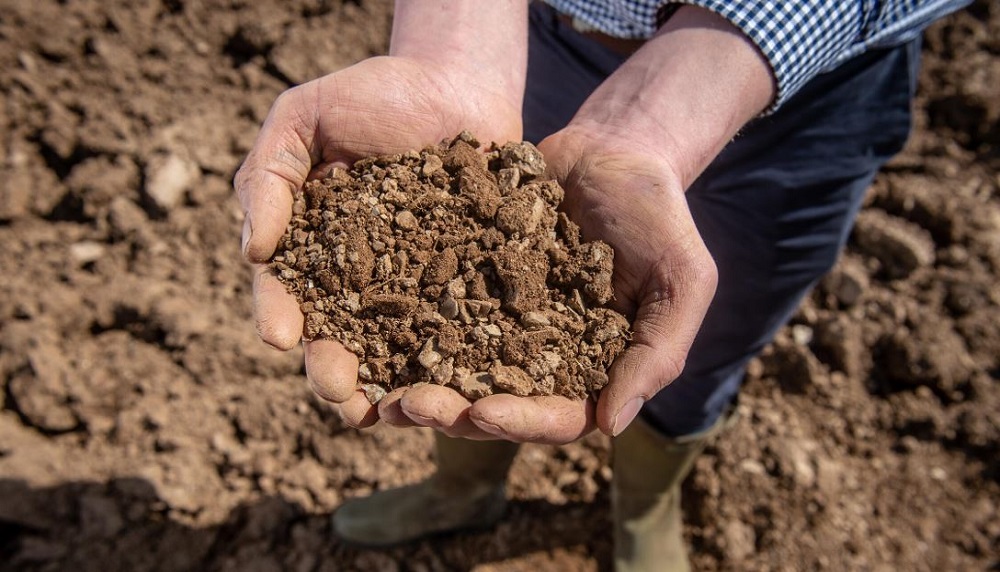- Home
- Knowledge library
- How soil factors affect cultivation and establishment for arable crops
How soil factors affect cultivation and establishment for arable crops
When planning cultivations, consider the 10 key soil factors below. They provide a framework for a managed approach, which will help you determine what is feasible and economically viable for a specific system.
1. Management requirements and capabilities
Successful soil management requires attention to detail, flexibility in management and a solid knowledge of the longer-term implications of any change to practice.
Time pressures often dictate the amount of attention paid to detail.
For example, a reduction in soil movement requires closer attention to detail and more crop husbandry skills from the manager.
With a managed approach, you can adapt your cultivations (as required) on a rotational basis. This allows your decision to be based on soil and weather conditions, previous cropping, weed burden, soil assessments and capabilities.
2. Soil type
The soil’s natural capability to repair or self-structure itself dictates what the most effective cultivation, if any, would be.
How soil type affects cultivation and establishment for arable crops
3. Rainfall
Soils in higher rainfall areas are at greater risk of slumping and will require more management and drainage capacity.
Shorter working windows will demand higher machine capacity but not higher machine weight. Often, a solution is to work for long hours with lighter equipment.
Drier areas are more forgiving, with wider working windows often being available.
Soil moisture should be assessed to ensure it is appropriate for cultivation. This can easily be tested in-field using a ribbon test.
 Paul Slater Images
Paul Slater Images
4. Drainage
Freely draining land provides the widest window for effective cultivations and crop establishment.
5. Residues
Residue management influences the choice and extent of cultivation needed. The amount of crop residues on the soil surface after harvest depends on the crop.
How residues affect cultivation and establishment for arable crops
6. Cover and catch crops
A cover crop can assist natural soil aggregation and self-structuring. In turn, this enables reduced disturbance drilling of the following crop, as naturally formed surface tilth can exist. Long-term trial work has demonstrated that brassica cover crops, in shallow non-inversion systems, are more likely to give a positive yield response in the following crop than in plough systems.
7. Trafficking
Our guidance explains how to reduce the risk of soil structure damage posed by tractors and trailed machinery.
8. Irrigation
Regular irrigation on free-draining soils can impact soil structure, as soil particles are less able to hold together. This can lead to:
- Slumping
- Soil degradation
- Run-off
- Loss of soil structure
It can also affect organic matter content, as high levels of organic matter are difficult to maintain.
Where irrigation is applied to poorly structured soils, keep soil moisture 20–30 mm below field capacity.
Where bare soil is irrigated, keep the droplet size as small as possible (application rates not greater than 5 mm per hour) to minimise capping risk. Coordinate field operations so that soil moisture deficit (SMD) is greatest when working. Steadily increase SMD when approaching harvest to allow harvesting operations.
9. Weeds
Cultivations stir the weed seedbank, burying freshly shed seed and bringing seed from lower down the profile to the surface. The extent of this mixing is heavily influenced by the cultivation approach.
The gap between harvest and drilling provides several opportunities and benefits for weed management.
10. Pests
Short rotations, cloddy seedbeds and crop residues promote slug activity. Green bridge issues can host pests ready for a susceptible following crop.
Develop a rotation to disrupt pest life cycles.
Cultivation and drilling options for cereal disease management

